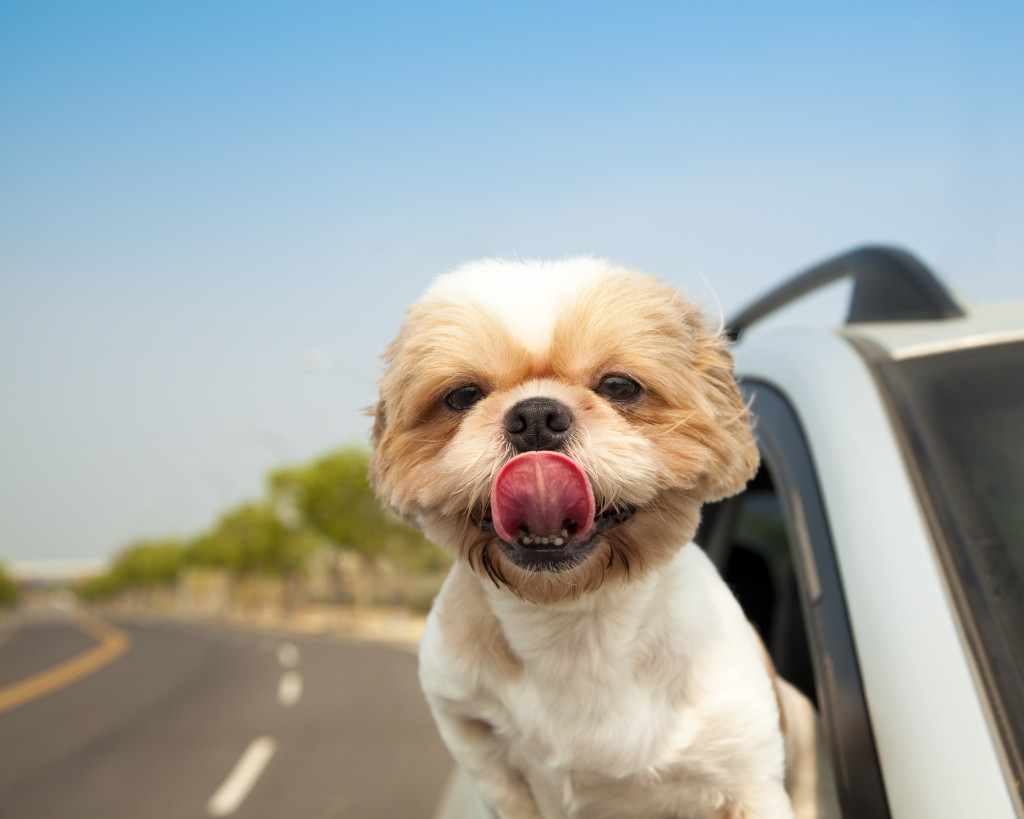Some individuals can’t imagine going on a trip without their pets. According to a report, 53% of visitors enjoy vacations with their dogs, making pet-friendly lodging a growing business trend. Many dogs enjoy traveling, but it can be stressful for both you and your pet if you aren’t prepared.
You can ensure that your vacation is comfortable and safe for both you and your dog by planning. If you’re going on a trip with your dog, whether for pleasure or need, you’ll need to take some precautions to ensure that your dog’s needs are met along the journey.
Car travel with dogs, particularly long trips, necessitates some planning. You can’t just go on the assumption that you’ll be able to get whatever you need for your pet while on vacation.
How Can I Guarantee My Pet’s Safety While Traveling?
Bring water
Bring your water or give your dog bottled water to drink. Drinking water from an unexpected source may irritate your dog’s stomach.
Prep your pet for a long trip.
Start by taking your pet on a series of short journeys, gradually increasing the amount of time he spends in the car. Bring your pet’s rabies vaccination record with you if you’re traveling across state boundaries. While this isn’t usually an issue, some states need this documentation at specific interstate crossings.
Before long trips, such as flights, limit their meals. To avoid accidents and upset tummies, pets should travel on practically empty stomachs.
Put your dogs in a well-ventilated carrier or crate to keep them safe.
Traveling with your pet in a carrier that has been secured to the seat with a seatbelt or other anchor is the safest option. Your pet should be able to stand, sit, lie down, and turn around comfortably in the crate. In case of an abrupt stop, secure your pet’s crate, so it does not slip or shift.
If you don’t want to use a crate, keep your pet in the rear seat in a harness fastened to a seat buckle, and don’t let him ride with his head out the window.
Prep a pet-friendly travel kit.
Bring your dog’s vegetarian food nz or any other food they love to eat, a bowl, a waste scoop, leash, plastic bags, medication and first-aid, grooming supplies, and any travel documents. Take their favorite toy or pillow to help your pet feel at ease. Feeding your pet in a moving vehicle is not a good idea.
Start your pet’s trip feeding pattern three to four hours before departure with a light meal, and always use bottled water. Drinking water from a location they are unfamiliar with may cause gastrointestinal discomfort.
Never leave your animal alone in a parked vehicle.
A parked car can quickly become a furnace on a hot day, even with the windows up, and heatstroke can develop. A car can act as a freezer in cold weather, trapping the cold and causing the animal to die.
Identify your pet.
Make sure they’re wearing a collar with an ID tag with your phone number and home address. Get a temporary tag with the phone number of the place where you’ll be staying for more extended travels and vacations in case your pet gets lost while you’re gone.
All collars should be flat, and choke collars should never be used on your dog.
Never leave your dog alone in a parked car.
When the temperature is over 70°F and below 35°F, it is a safety concern. Passers-by may opt to smash your window to release your dog if they believe they are trapped inside at any temperature.
Don’t let your dog ride with its head out the window.
There’s no denying that this brings joy to some dogs, and it’s adorable to watch them. In the event of an accident or if you have to slam on the brakes or turn suddenly, your pet may be thrown out the window and hit by passing debris.
Carry your pet’s important documents with you.
If you’re crossing state or international borders, you might need a medical certificate in addition to proof of rabies vaccine.
Schedule a checkup appointment with your pet’s doctor.
Ensure your pet’s vaccines are updated before you travel, and get a medical certificate from your veterinarian. Consult with your veterinarian about ways to calm your pet if you believe they may become fearful, worried, or uncomfortable during the travel.
Additional planning and health care needs may be required for travel outside of the state. If you need more information about state guidelines, check your destination state’s website or get in touch with their tourism board.

